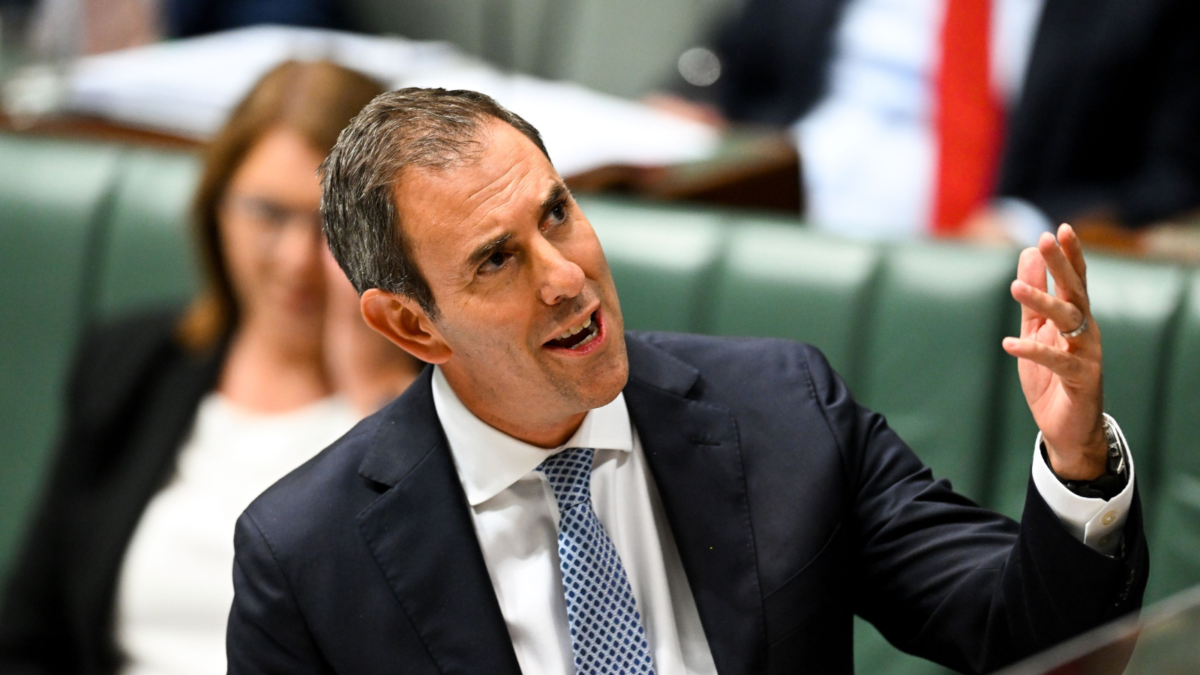60/40 alive and well, but don’t stop diversifying there
Inflation will likely stick around for longer than expected and be higher than expected, and that means volatility will too. And after the brutal market downswings of 2022 some of the world’s largest asset managers believe that the 60/40 equity/bond portfolio is, if not dead, mortally wounded. But Thomas Poullaouec, head of multi-asset solutions for T.Rowe Price in the Asia Pacific, disagrees.
“It’s like that Churchill quote: the reports of my death have been greatly exaggerated,” Poullaouec says. “60/40 isn’t dead. The expected return over the next five years for a 60/40 portfolio has almost doubled from our Capital Market Assumptions last year.”
“We put them now roughly at six or seven per cent in Australian dollar terms and last year it was at three or four per cent. 2022 was the big reset in valuation and that created a lot of issues for the diversification premise upon which 60/40 is built, but that was a year when you also had a big reset in inflation expectations.”
The reason for that more optimistic return outlook is largely down to valuations; while it was painful getting to them, their lower level now provides “a supportive first step for returns over the next five years”. Resilient nominal earnings expectations also provide a basis for increased return expectations, according to the T.Rowe Price CMAs.
“When you have a growth slowdown, which we’re expecting in the next five years, you tend to have good diversification from the 60/40… You can still get good diversification from it in certain economic environments,” Poullaouec says.
That doesn’t mean investors shouldn’t search high and low for diversification. At the equity level, that can come from putting option- or derivative-based tail risk management strategies in place that “attack the equity risk at the core”. The unique features of private assets – like their lack of daily pricing – also makes them attractive for diversification. Of course, both those options have their downsides.
“There’s no free lunch. Within tail risk I’m not suggesting you have a systematic option program; over the long run that tends to be quite expensive – it’s always paying for insurance,” Poullaouec says. But options still play a role on a dynamic and tactical basis where it makes sense to take a position. That can be complemented with volatility targeting strategies… Option-based isn’t the only way for tail risk.”
“(Private asset) valuations also remain a concern, and we can see the ripple effect of the year that just went starting to bite in the crisis we’ve seen in regional banks in the US which are related to some of the issues we have in private equity circumstances. It’s something where if you invest you need to be an expert or delegate to experts who can make the decision for you.”











